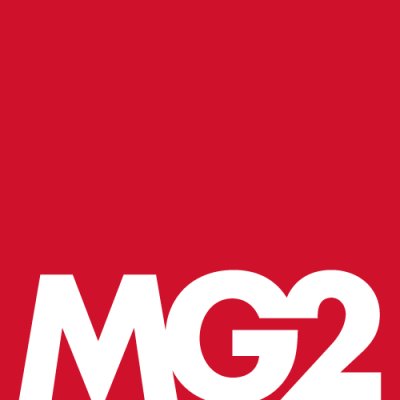How One Global Architecture Firm Uses Seamless Collaboration To Deliver Superior Results

The process of bringing an architectural design to life traditionally involves a network of moving parts. Owners, contractors, architects and consultants work in tandem to assure the end product is delivered as efficiently as possible. Successful projects are a result of teams aligning their goals and efforts in the same direction.
The ability to work as a cohesive unit is particularly vital in today’s market, which is grappling with global supply chain disruptions, rapid inflation and labor shortages. Material inventory is 20% below pre-pandemic levels, and the price is 12% higher. Construction firms are now paying more money for lower levels of inventory. This aspect of project delivery causes a chain reaction that can negatively affect every part of the design and building process.
To combat these challenges, it is crucial to work with a team that exhibits strong communication and seamless collaboration between design and delivery.
“At a time when supply chain issues can throw off even the most well-thought-out schedule, it’s more important than ever to have a tightly knit team that can solve problems before they happen,” said Jooyeol Oh, principal at MG2.
MG2 is an international architecture, interior design and branding firm that leverages its expertise to create cutting-edge architecture experiences. Partnering with some of the world’s most recognizable clients, MG2 specializes in mixed-use environments including high-rises, mid-rise residential, hospitality and retail development.
Oh said MG2 takes an innovative approach to the traditional design process, marrying the design and delivery process into one cohesive unit that works together from the start with a focus on problem-solving and maintaining strong communication throughout.
“At MG2, design and delivery are not just closely aligned, they are interwoven,” he said. “Right from the beginning, we act as one unit.”
Oh and Victor Malerba Jr., associate principal at MG2, are working on a high-rise project that demonstrates their commitment to early collaborative communication and what it can achieve.
High-rises have two major size constraints — floor area ratio, or the measurement of a building's floor area in relation to the size of the building’s lot, and height limits.
“During the construction process, it is not uncommon to lose an inch or two of ceiling height due to unforeseen field conditions and ineffective communication,” Oh said.
MG2, however, was able to fit three additional floors in this particular project because of Oh and Malerba’s close coordination with the client, contractor, subcontractors and engineers as well as the use of digital technologies to anticipate field issues. Additional floors mean more available units and increased profit for the developers.
“In order to maximize the success of this project and achieve those three additional floors, we had to collaborate closely well in advance, in addition to during construction,” Malerba said. “We needed to be intentionally precise so that there was little or no room for error, and that requires a high level of expertise. With construction, there are always issues. But by combining proactive communication with the latest coordination tools, including BIM and Navisworks, we are able to first build buildings virtually, so any issues that come up can be minimized.”
Malerba said that during the design and documentation stage, it is essential for all parties involved to bring a heightened sense of conscientiousness to the table so that an exceptional end product is delivered.
Proactive communication between all team members elevates the quality of the building, Oh said. The developers, tenants and overall community benefit from a built environment crafted with efficiency and precision in mind.
“As an architect, it is my job to create designs that deliver an environment that people want to enjoy,” Oh said. “Sophisticated levels of design challenge our team to think about constructability and problem-solving early on. Predicting problems before they arise through seamless collaboration is where our team has an edge on the competition.”
This article was produced in collaboration between Studio B and MG2. Bisnow news staff was not involved in the production of this content.
Studio B is Bisnow’s in-house content and design studio. To learn more about how Studio B can help your team, reach out to studio@bisnow.com.

